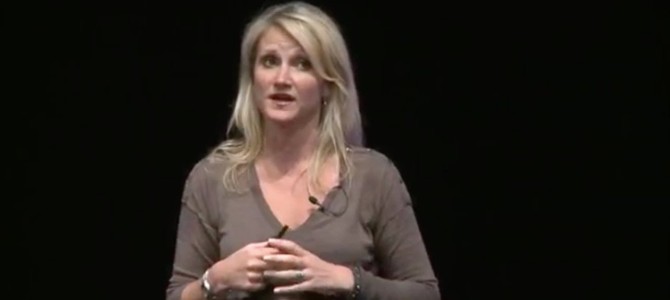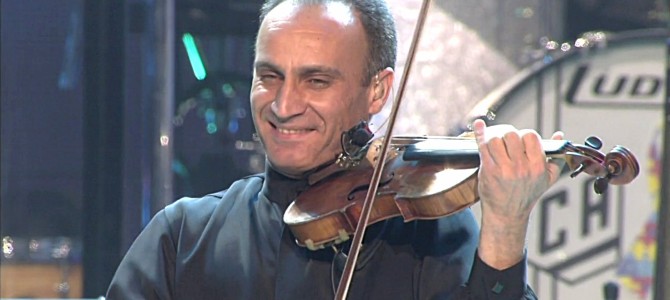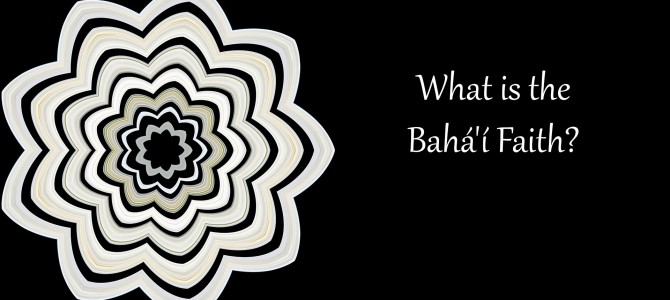How to stop screwing yourself over | Mel Robbins | TEDxSF



The Creation Story—Balancing Mind and Spirit Rodney Richards Every culture has a creation myth, and many of them have striking similarities—they typically feature the story of the first man and woman, and tell us about the symbolism and meaning of…

Knowing the Many Names of God David Langness When I was a kid, I asked my Lutheran minister this question about a hundred times: “Who gave God his name?” I never got an answer, either. You can tell…


